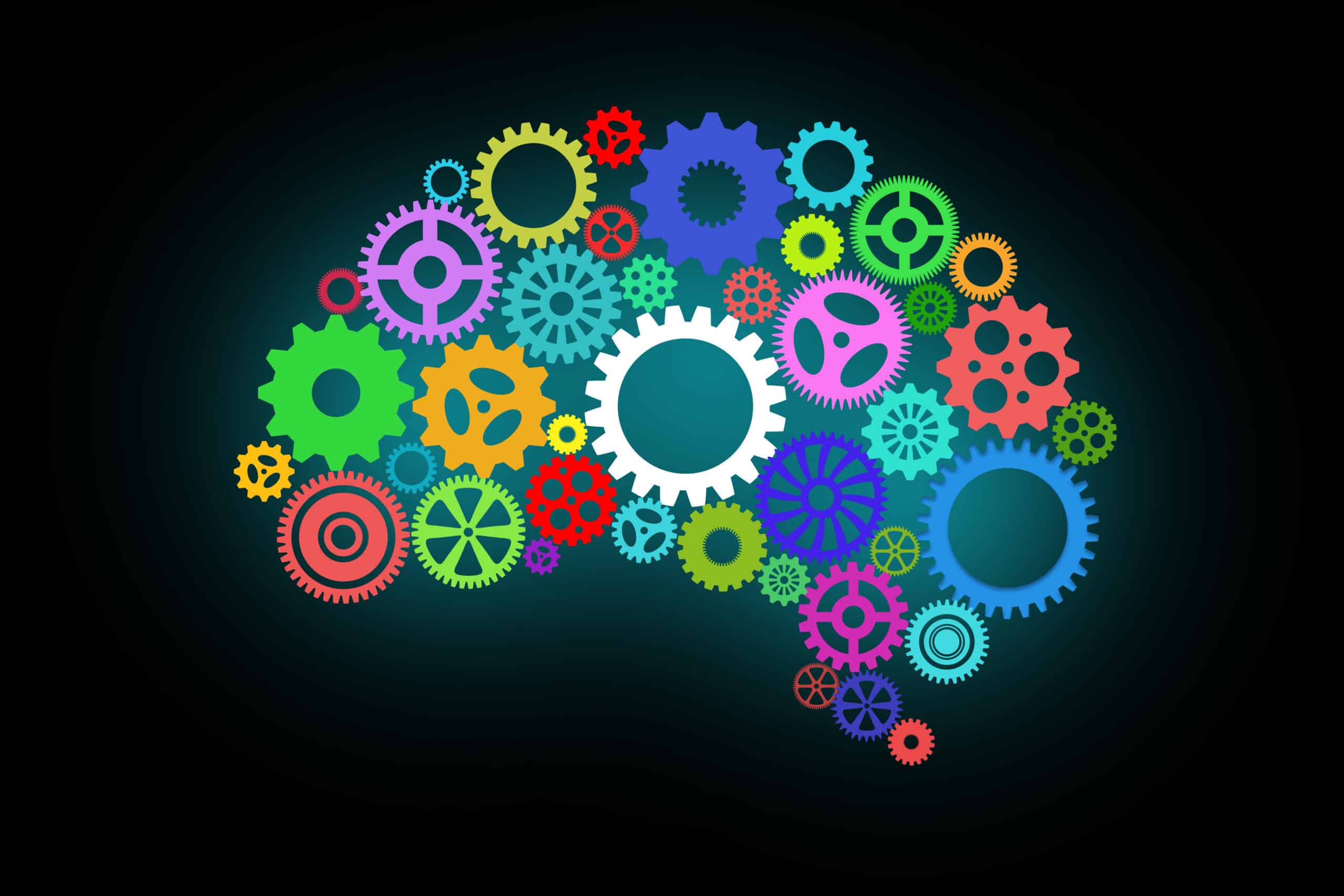The brain requires as much as 20% of the body’s energy consumption so the brain and the cardiovascular system have to work closely together to ensure sufficient energy supply to each part of the brain. This is done by many “neurovascular units” tasked with feeding the neurons.
Non-invasive recording of the function of these neurovascular units in living humans has never been done before, but has now been achieved by using several measurement techniques coupled with novel analysis methods developed at Lancaster University.
The living brain’s blood oxygenation was measured using infrared light, which easily penetrates the skull. The neuronal activity in the brain is associated with electrical activity, which was simultaneously measured on the surface of the scalp.
The body is humming with rhythms, with the best-known rhythm being the heartbeat. Other rhythms include respiration, brain waves, and processes controlling blood pressure and blood flow by changing the diameter of blood vessels.
Simultaneously measuring oxygenation, brain electrical activity, respiration and electric activity of the heart let the researchers capture these rhythms and their imperfect timings. They then studied the strength of these rhythms and their coordination, by computing their “phase coherence.”
The results illustrate that the magnitudes of the oscillations in brain vasculature and the brain waves are altered in the older group. But more dramatic are changes in the coherence between them, indicating that the coordination between the energy supply and demand in the brain is adversely affected by age.
The world population is ageing and the incidence of dementia is increasing. Hence, the ability to follow up treatment and monitor disease progression will grow more and more important in the years to come, especially in the possibility of assessing new drugs for Alzheimer’s disease.
Professor Aneta Stefanovska from Lancaster University said: “The approach could thus be used for non-invasive evaluation of the decline of neurovascular function in normal ageing, as well as for monitoring the efficacy of treatment or lifestyle changes in a wide range of neurodegenerative disorders.
“The results promise a relatively simple and non-invasive method for assessing the state of the brain in healthy aging, and in neurodegenerative disorders such as Alzheimer’s disease.”
The researchers included Juliane Bjerkan, Gemma Lancaster, Trevor Crawford, Peter McClintock and Aneta Stefanovska from Lancaster University and Bernard Meglic and Jan Kobal from the University Medical Centre in Ljubljana, Slovenia.




